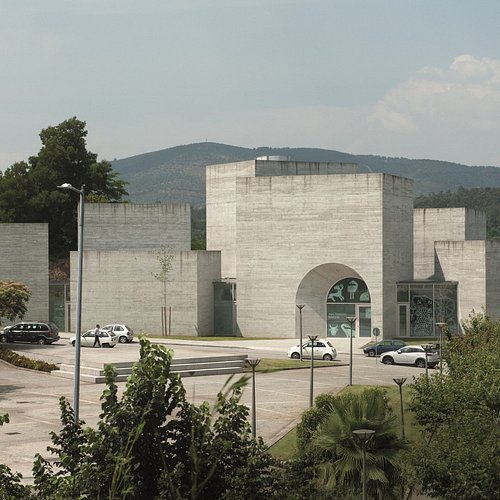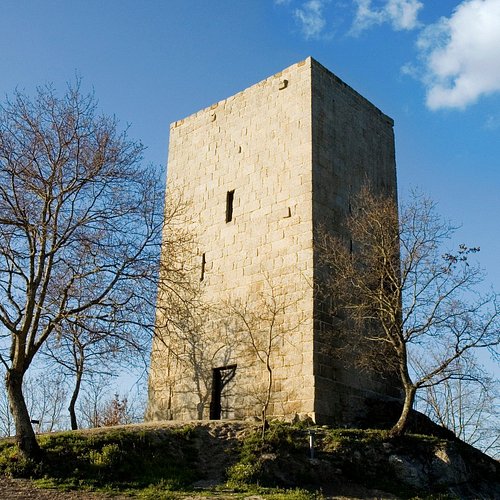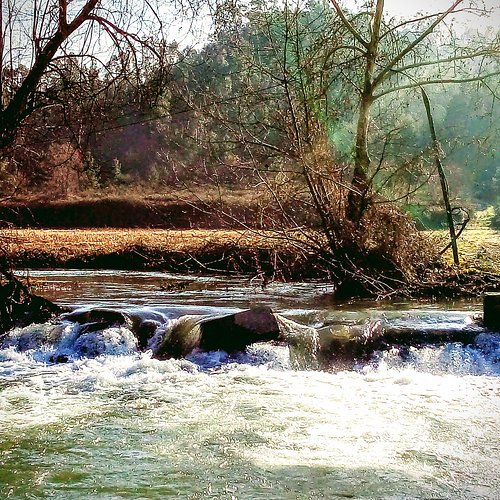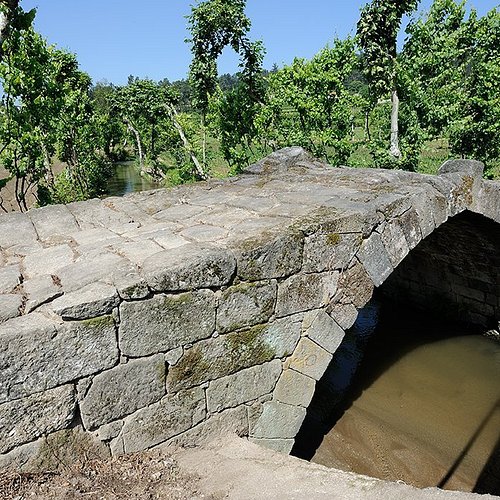Things to do in Lousada, Northern Portugal: The Best Sights & Landmarks
Lousada (Portuguese pronunciation: [lowˈzaðɐ]) is a town and municipality of the Porto district, in northern Portugal. The population in 2011 was 47,387, in an area of 96.08 km².
Restaurants in Lousada
1. The Interpretation Centre of the Romanesque
Overall Ratings
5.0 based on 4 reviews
The Interpretation Centre of the Romanesque, promoted by the Route of the Romanesque, opened to the public on September 27, 2018, in the town of Lousada, Porto. The exhibition concept behind this major venue for the dissemination of historical-cultural heritage stands out for the boldness of its architecture, but also for the multiple interactive experiences provided by its museographic contents. In addition to a reception, a bar and a library, the CIR comprises an exhibition area with approximately 650 square meters, organised in large central foyer and six theme-based rooms: Territory and Establishment of Portugal; Medieval Society; The Romanesque; The Builders; Symbolism and Colour; Monuments Over Time. Thus, the Interpretation Centre of the Romanesque emerges as the ideal setting for you to start your journey of discovery of the Route of the Romanesque and its territory of influence, as well as of the art and symbolism that marked Portugal and Europe over in the Middle Ages.
2. Tower of Vilar
Overall Ratings
4.0 based on 3 reviews
More than a military building, the Tower of Vilar is a symbol of the manorial power over the territory. It proves the existence of a domus fortis (stronghold), a fortified manorial residence, in the Tâmega and Sousa territory. It was probably built between the second half of the 13th century and the early 14th century. According to the administrative inquiries of 1258, “Sancte Marie de Vilar” was an important territory that belonged to D. Gil Martins and his descendants, of the Ribavizelas family.
4. Ponte de Espindo
5. Bridge of Veiga
A single-arch stone Bridge, slightly broken, with voussoirs [stones forming the arch], narrow and long, while showing traces of masonry, it constitutes an example of a Gothic crossing, whose construction period would fall within the first half of the 15th century.
6. Igreja de Santa Maria de Meinedo
A building from a late period, the Church of Meinedo may result from to the reconstruction of an old monastery that had been built in the same place in the 11th century, which, in turn, was the renovation of a 7th-century construction.
7. Church of the Saviour of Aveleda
The foundations of the Church of the Saviour of Aveleda date back to the 11th or 12th century. In 1177, Vela Rodrigues donated the Church to the Monastery of Paço de Sousa. The architecture and ornamentation of the current building, dating from the end of the 13th century or the beginning of the 14th century, are evocative of the long persistence of the Romanesque shapes which characterise Portuguese medieval architecture.






